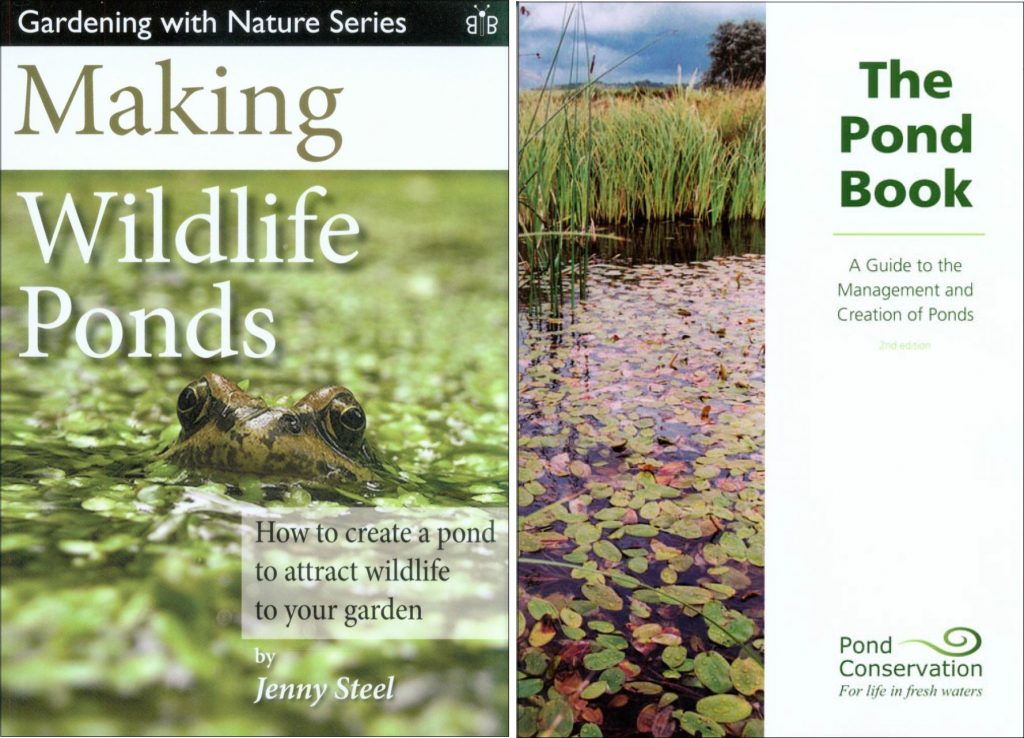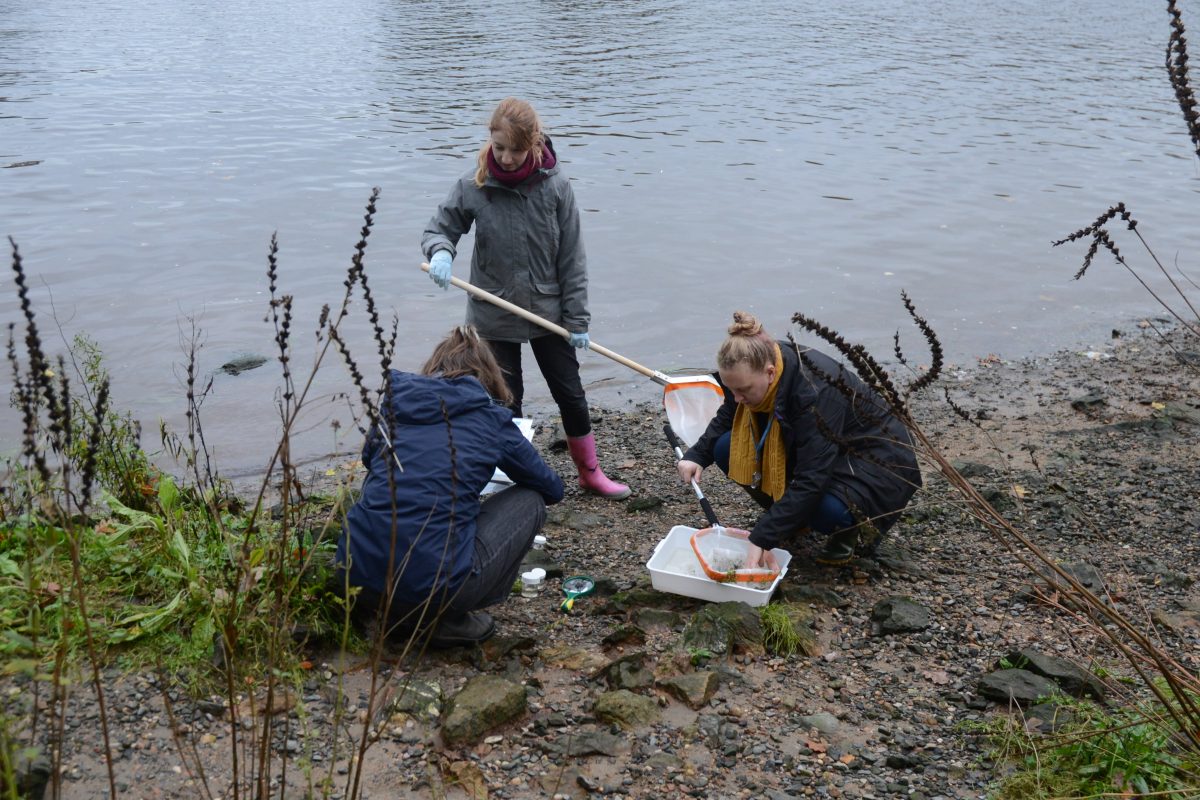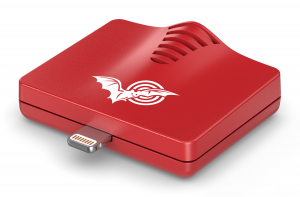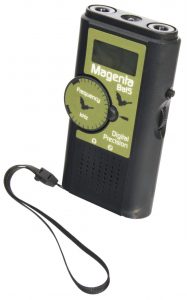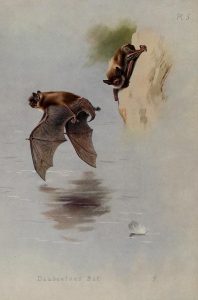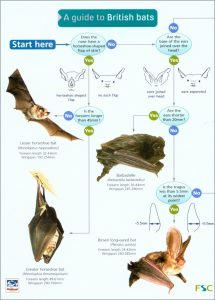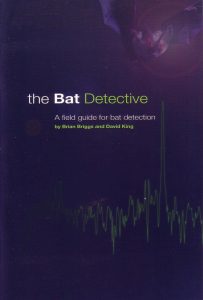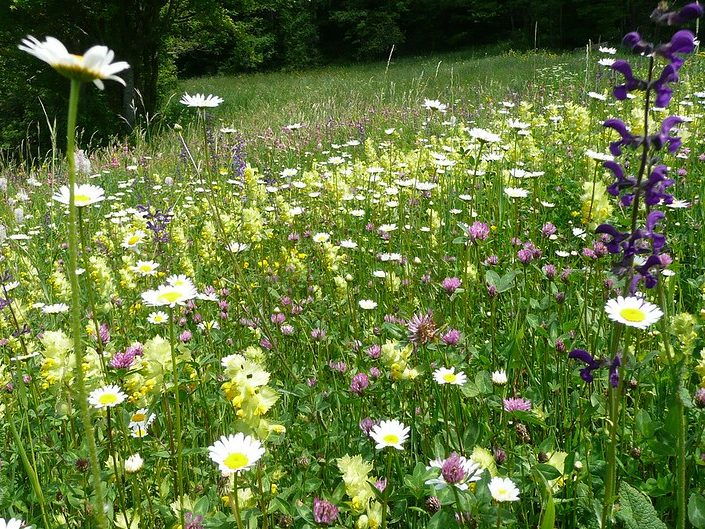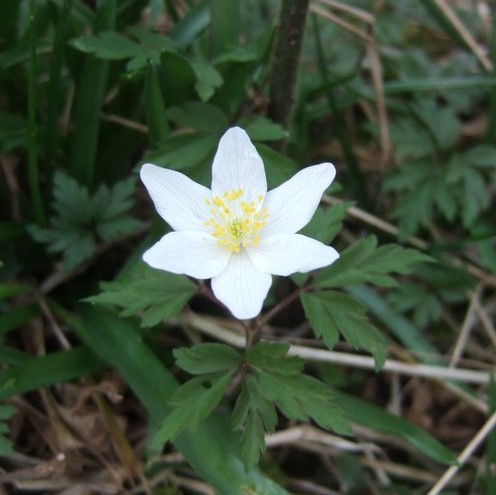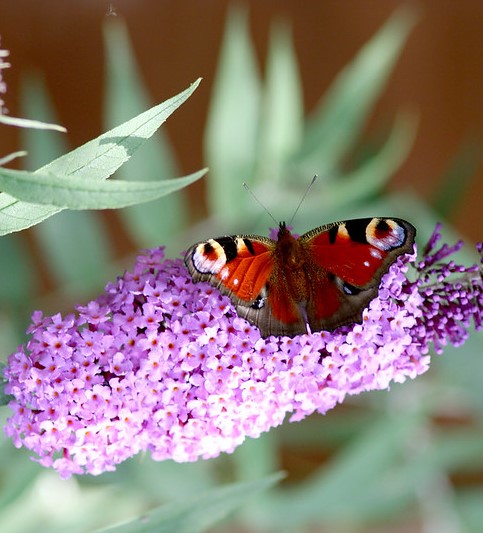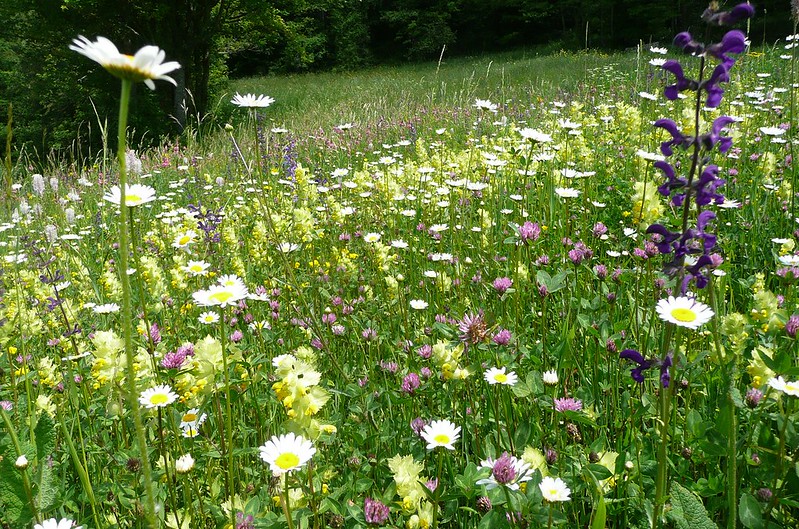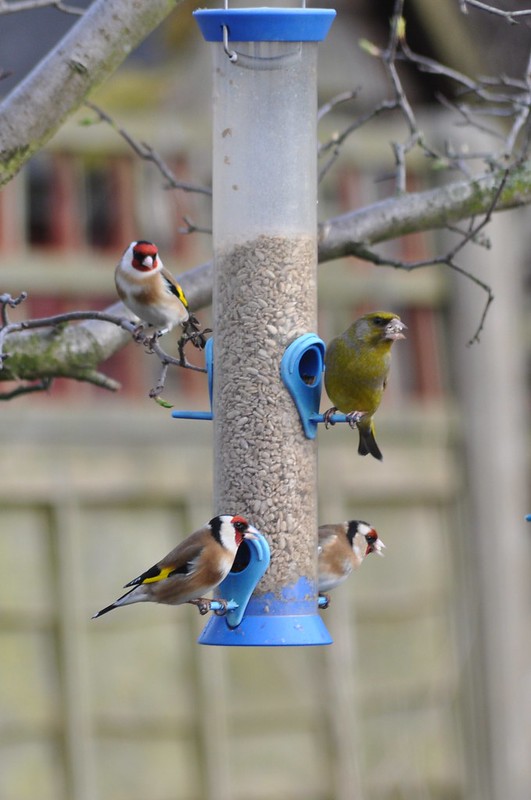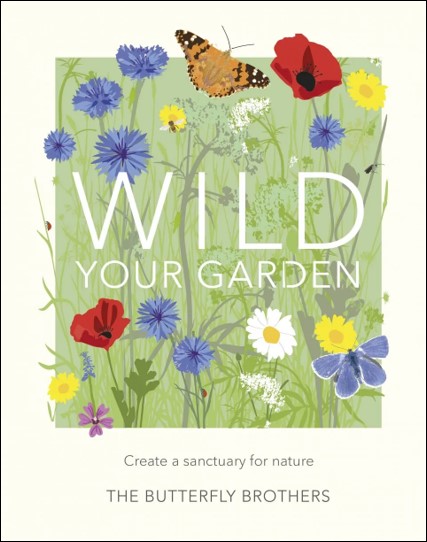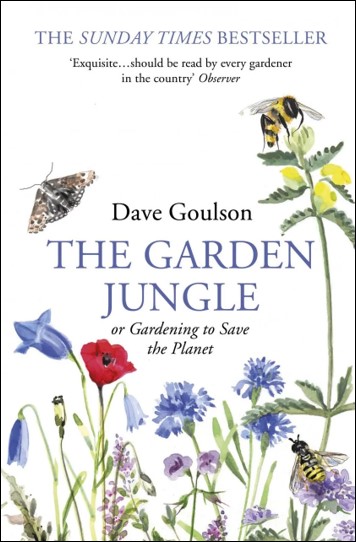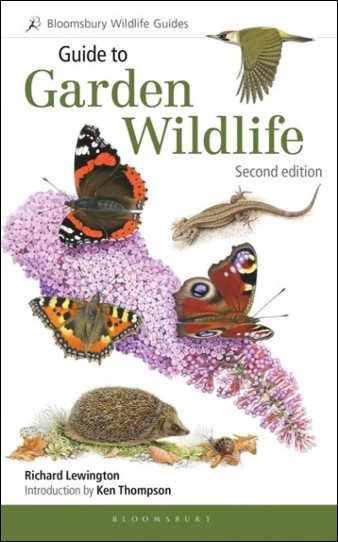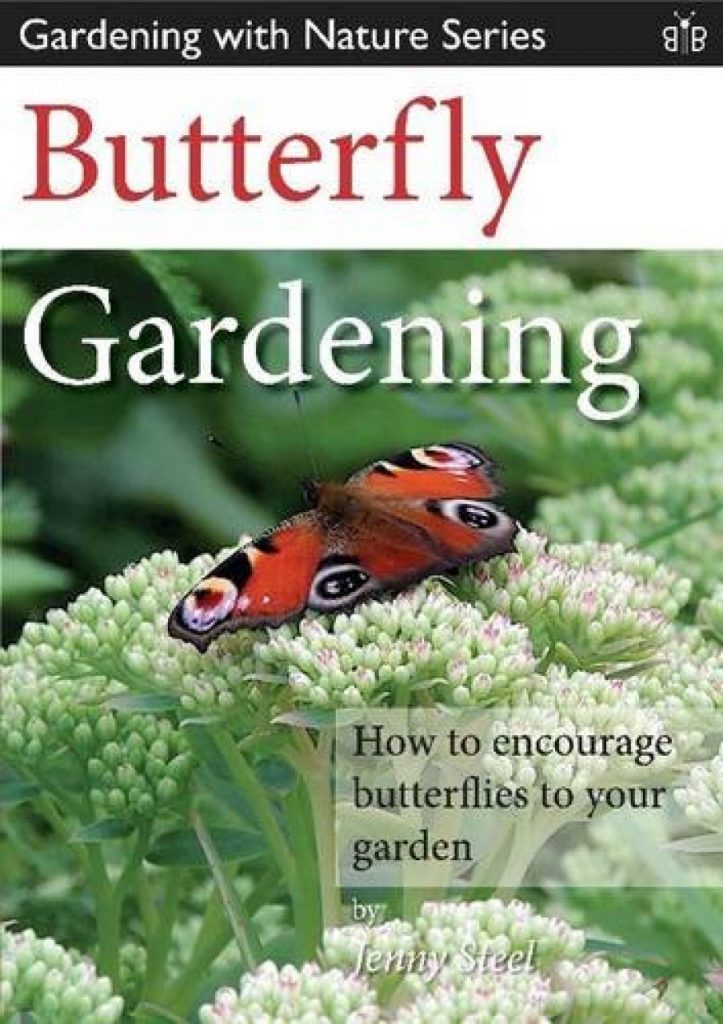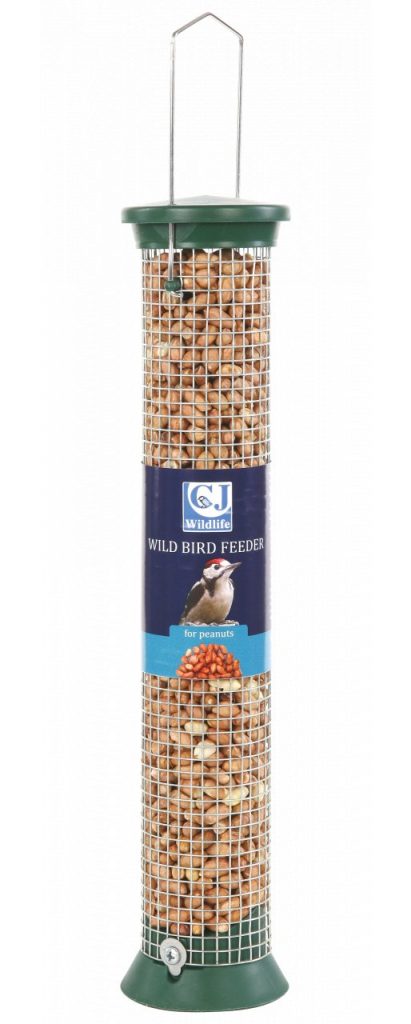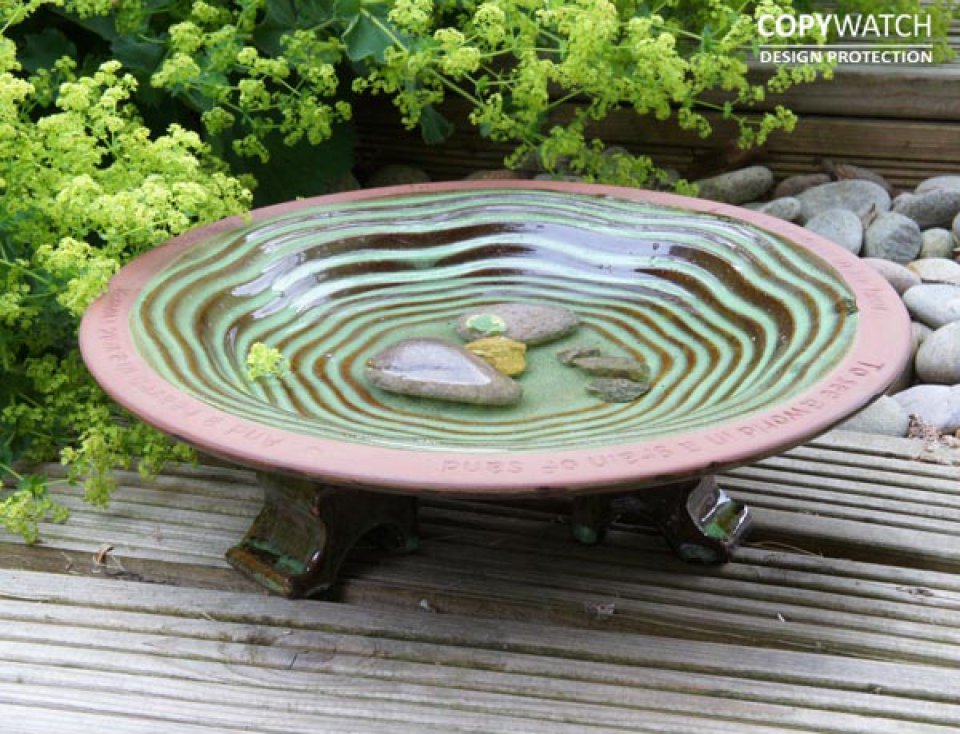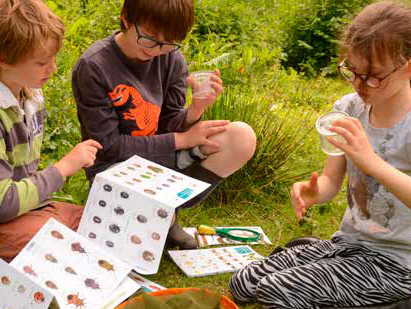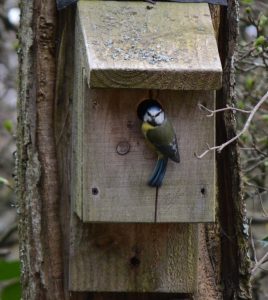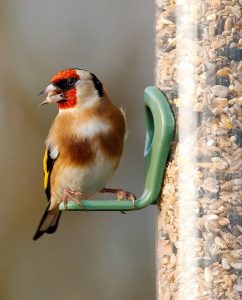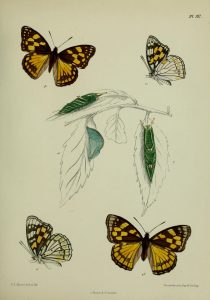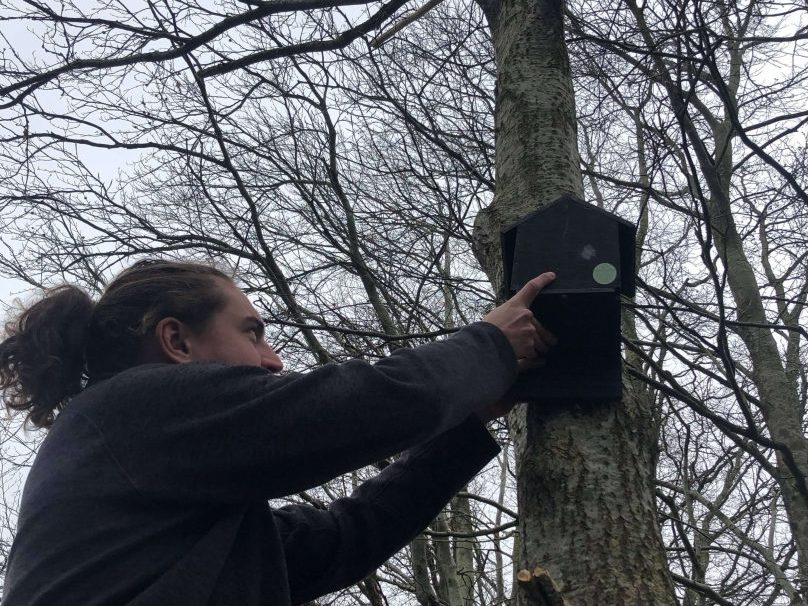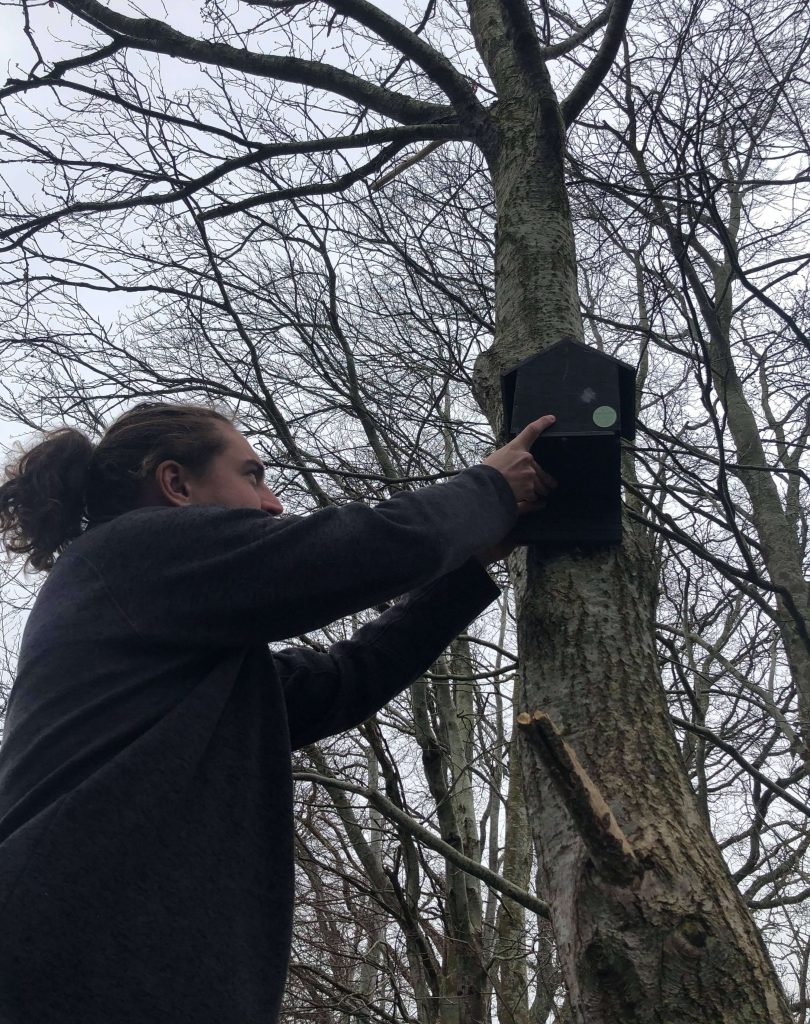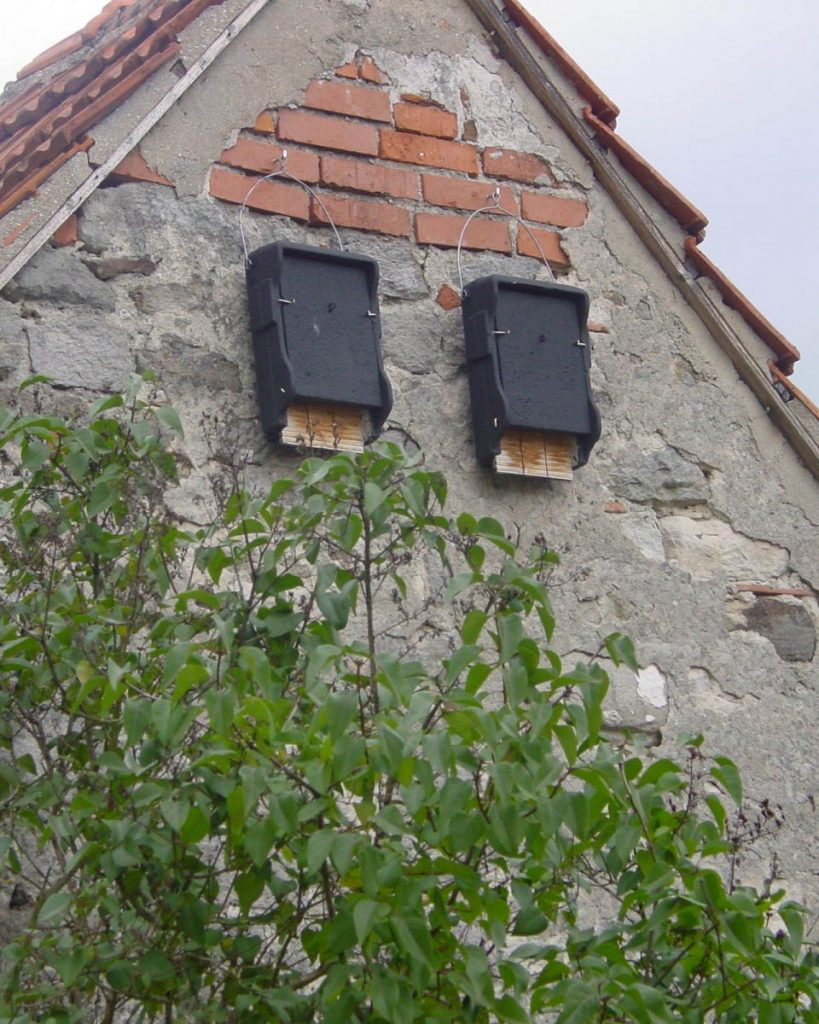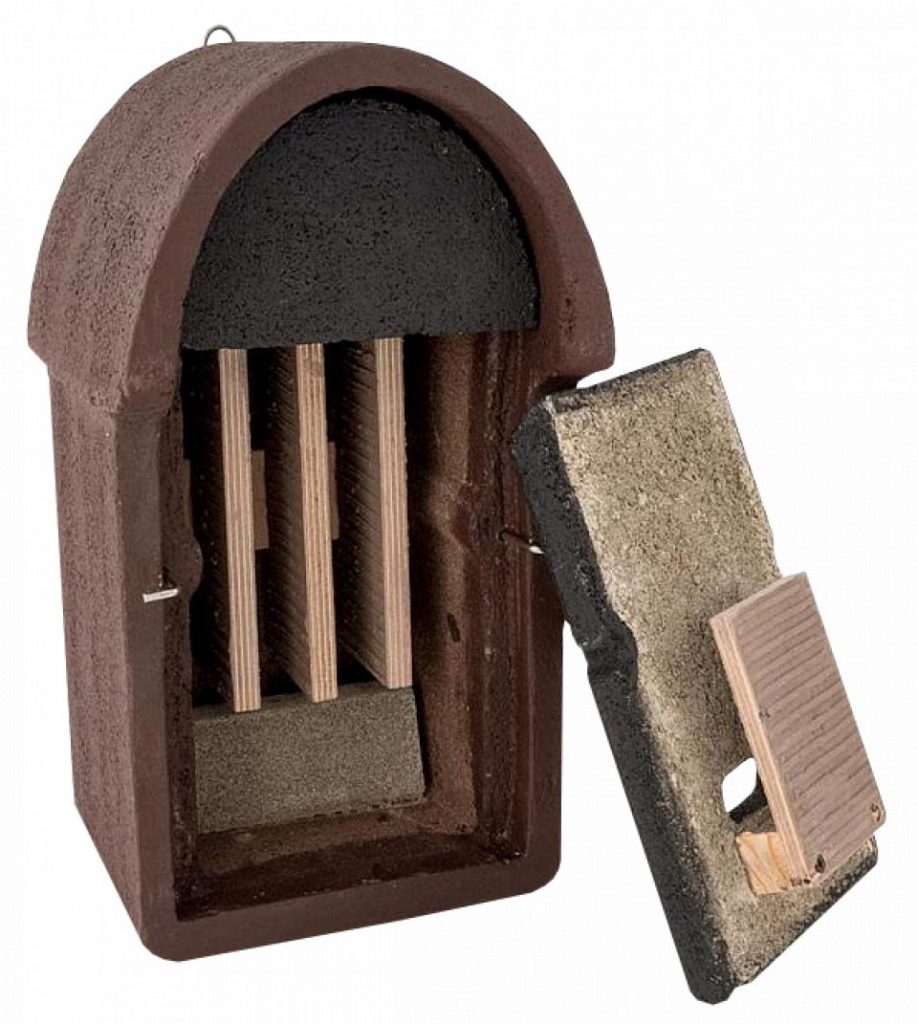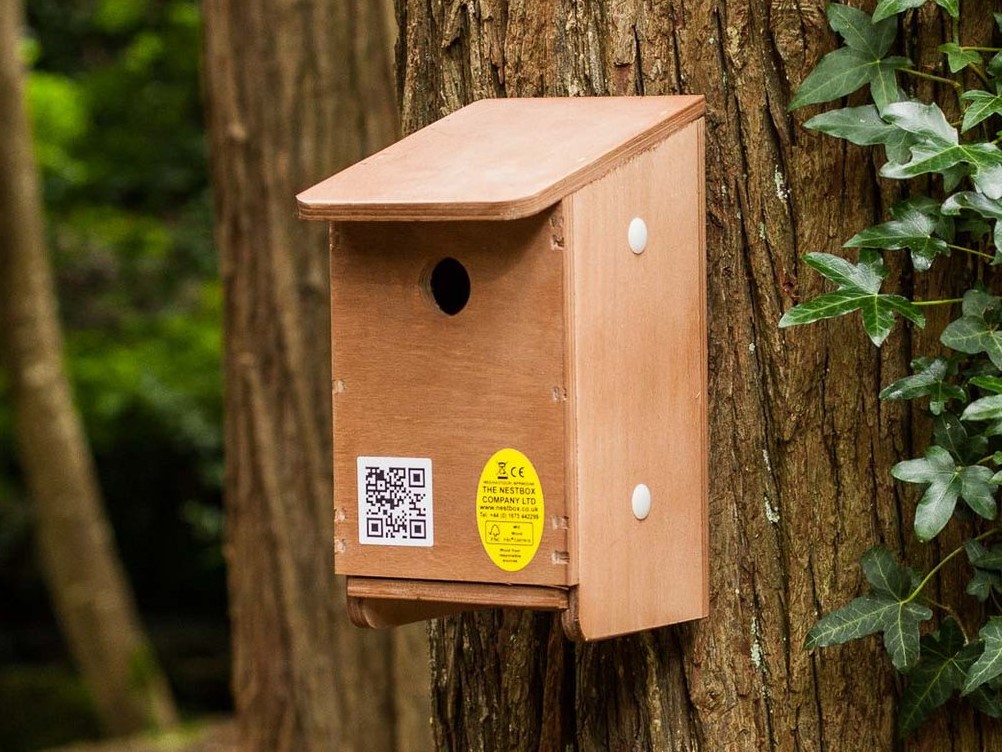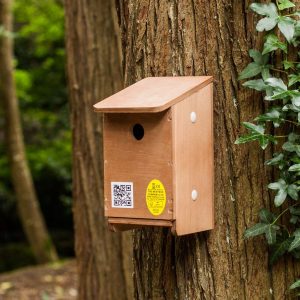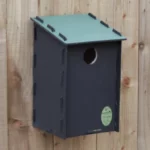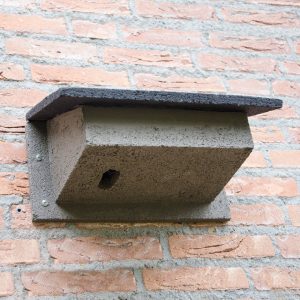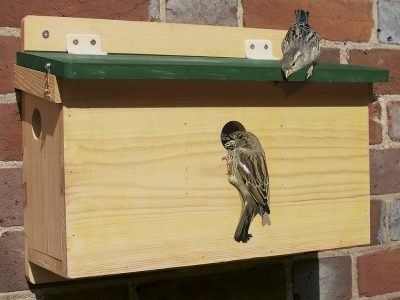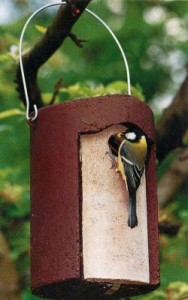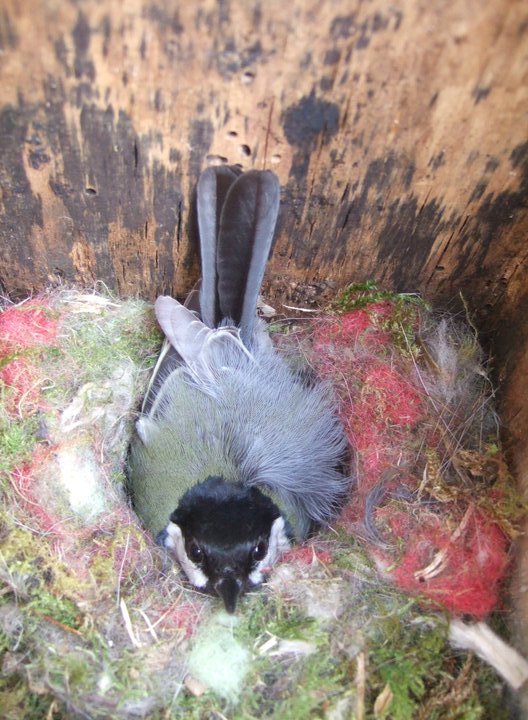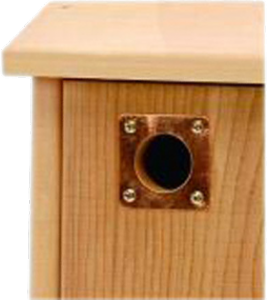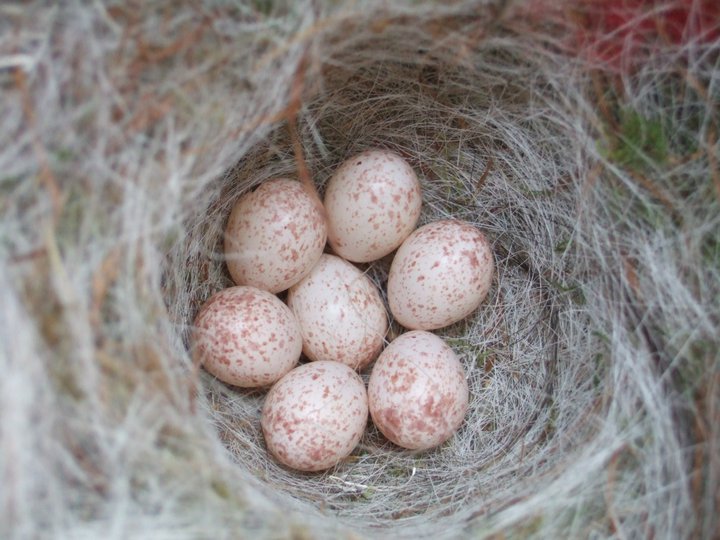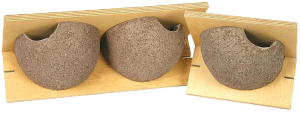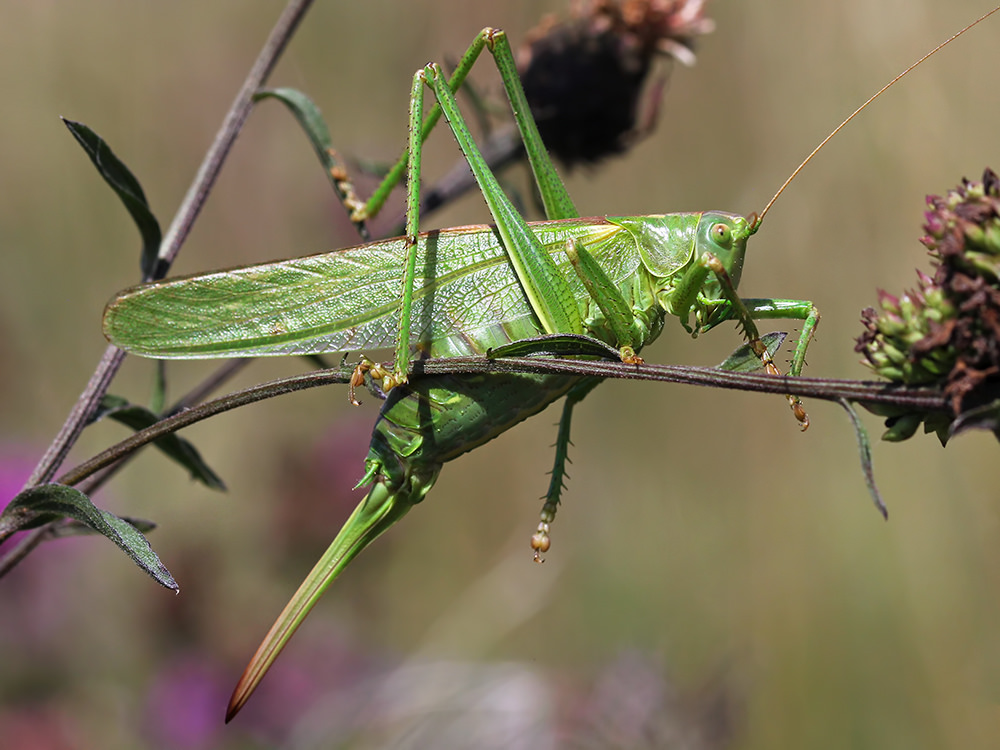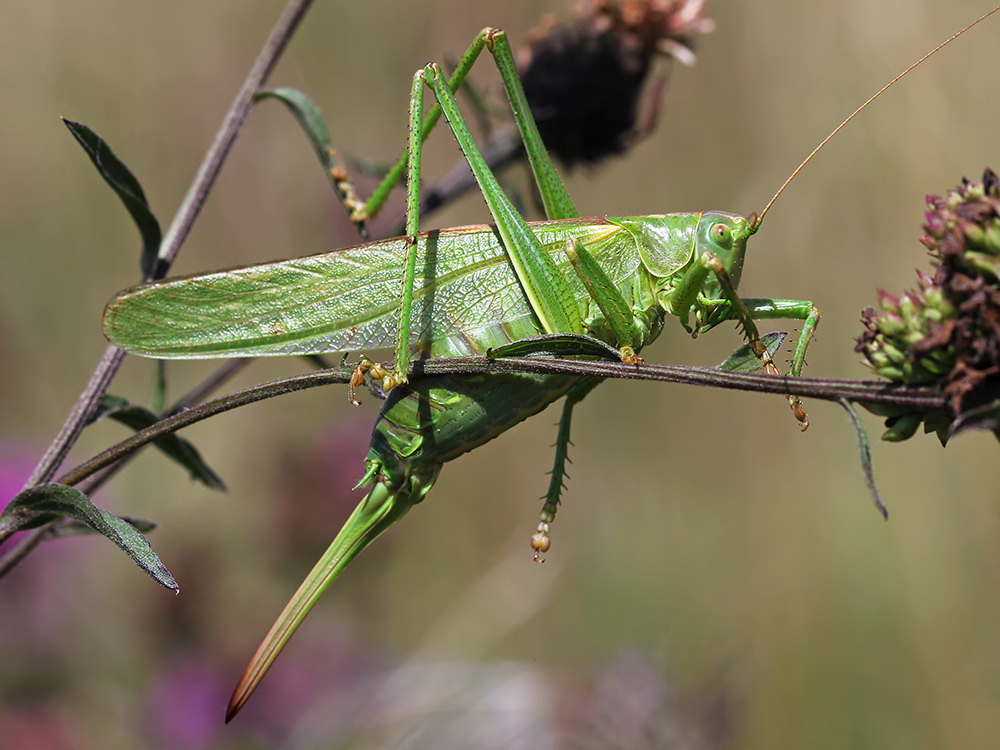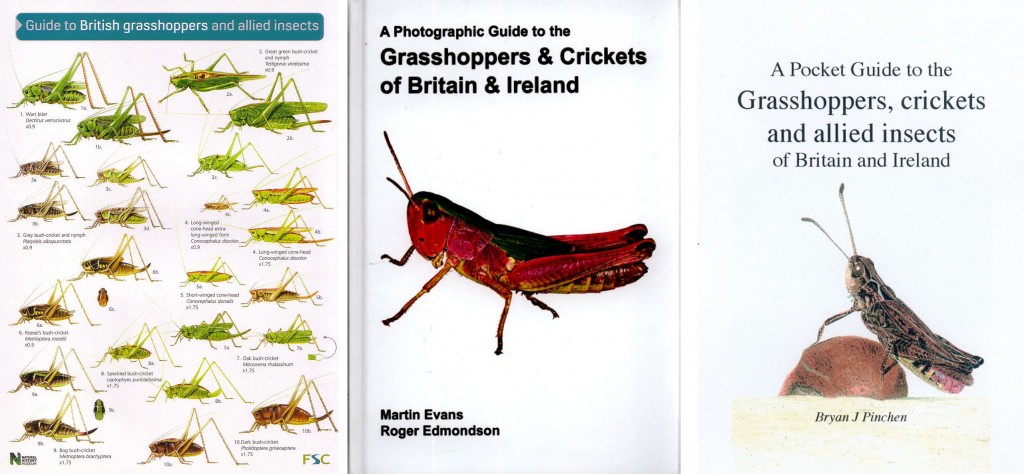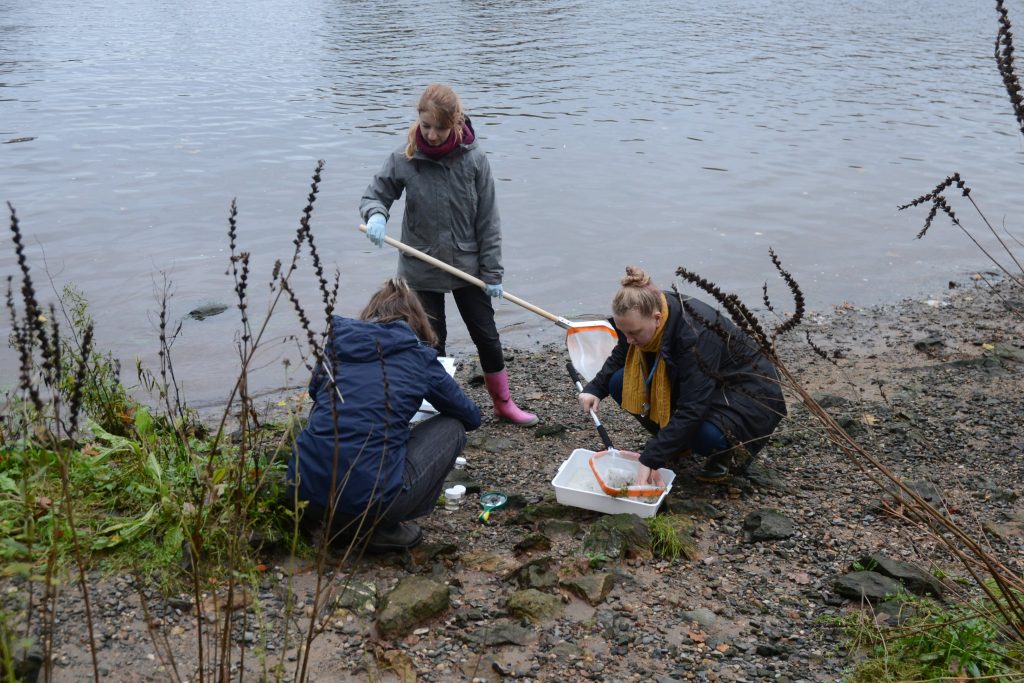
For many naturalists, some of the most exciting encounters with wildlife as a child were around the edge of a pond, with a net in hand and a sampling tray filled with murky water. It is an excellent activity for children of all ages and is a great way to introduce them to a wide range of plants, insects and amphibians. It offers the opportunity to learn about food chains and food webs as well as discovering some of the amazing insect transformations during their lifecycles. For school groups, a pond dipping trip will satisfy many of the criteria for learning about life processes and living things, and it can also be used to provide inspiration for art, maths or English projects. Younger children will enjoy drawing or painting pictures of the creatures they find, as well as writing stories about their experiences.
Don’t forget that pond dipping isn’t just for children. For adults feeling out of touch with nature, it is an ideal way to reconnect. Ponds, pools and small lakes are also an integral part of our ecosystems and surveying the plant and animal diversity within them is an important way of assessing their health. If you are interested in volunteering as a pond surveyor, take a look at the Freshwater Habitats Trust website for more information.
What you need:
• White tray – Rummage through your recycling bin for an old ice cream tub or place a sheet of white paper in the bottom of a baking tin. Our heavy-duty sampling trays come in three sizes and are sturdy enough to be carried full of water.
• Net – For younger children a small aquarium net is ideal. For adults and older children, a larger pond net will allow you to reach further into the pond.
• Collecting pots – Although it’s perfectly fine to observe your catch directly in the tray, individual pots, particularly those with a magnifying lid, are helpful for looking more closely at individual specimens.
• Field guide – A guide to freshwater animals will help you to identify the species that you find in your pond. You’ll find a few of our favourites at the bottom of this post.
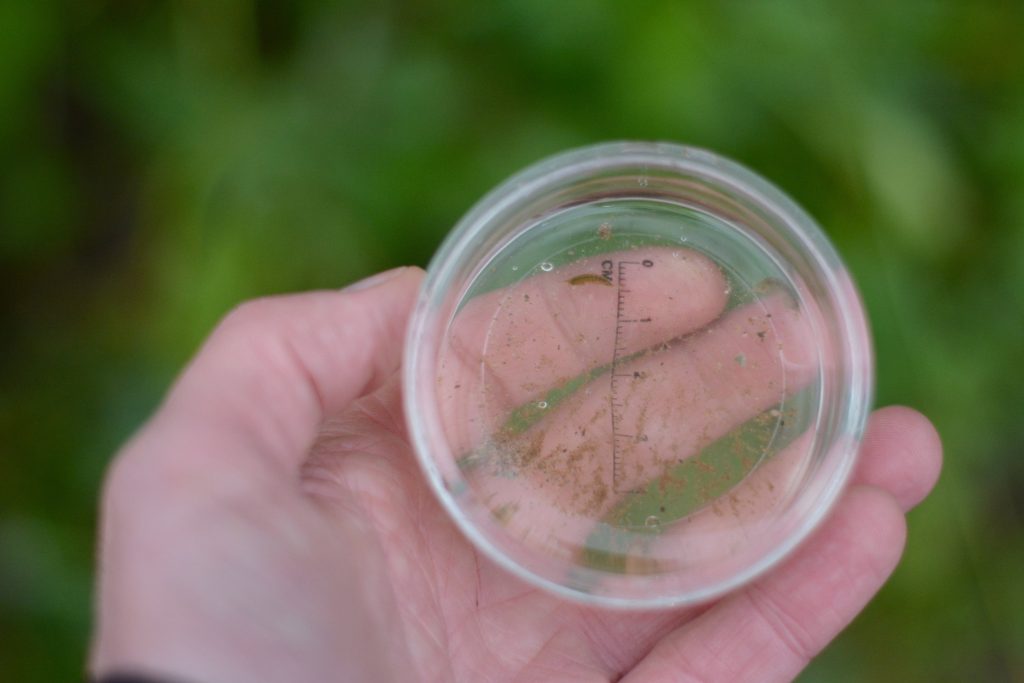 When and where to go:
When and where to go:
May to August are the best months for pond dipping as this is when most creatures will be active and breeding. Any body of still water is suitable for studying, but make sure that you have permission to access the area and that the bank of the pond provides safe access to the water. Ponds with a variety of vegetation and open water are likely to support a high diversity of species.
What to do:
- Half fill a tray or bucket with water from the pond and set aside. Do the same with your collecting pots and/or magnifying pots (if using).
- Use a net to dip into the pond. Sweeping in a figure of eight will ensure that you retain the catch. Areas around the edge of the pond, especially near vegetation, tend to be the most productive. Take care not to scoop up mud from the bottom of the pond, as this will clog up your net and make it difficult to see what you have caught.
- Gently turn the net inside out into the tray. Once everything has settled, you should be able to view a fascinating selection of pond-dwelling creatures. A pipette can be used to transfer individual specimens to a magnifying pot for a closer look.
- Use a guide such as the Freshwater Name Trail or the FSC What’s in your Pond pack to identify the creatures found. For adults or older children, a more in-depth guide such as Ponds and Small Lakes or the Bloomsbury Concise Pond Wildlife Guide will cover a greater range of species.
- When you have finished, make sure to return all water and inhabitants to the pond. Trays, pots and nets should be rinsed and dried thoroughly before storage.
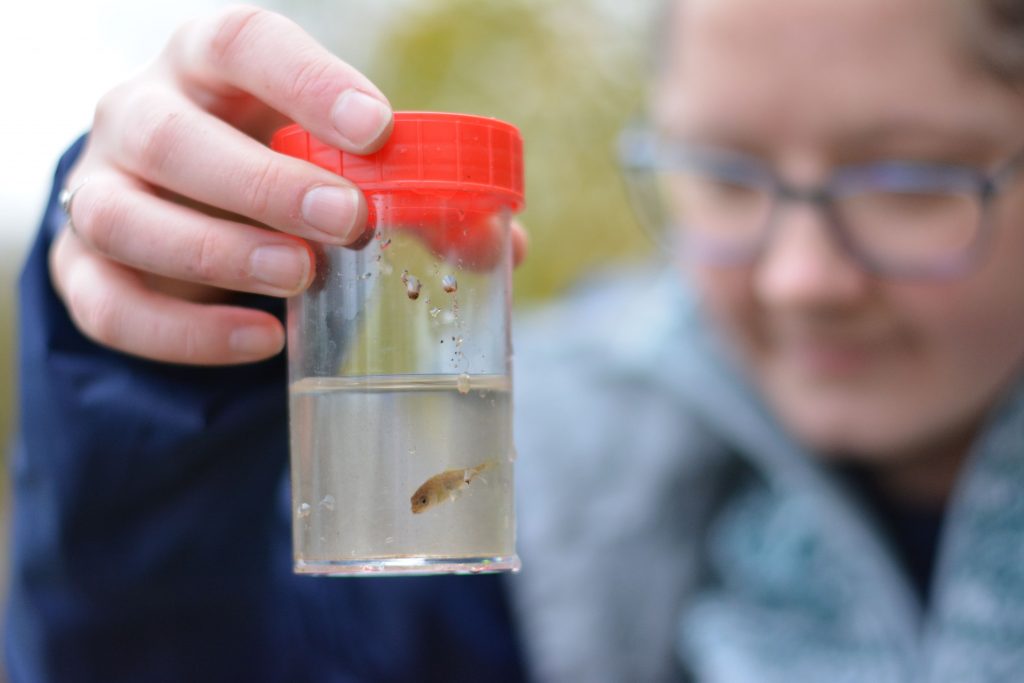
Pond dipping equipment and books:
At NHBS we stock both individual and class-sized pond dipping kits. These contain nets, trays, pots, magnifier and pipettes, as well as the excellent (and waterproof!) Freshwater Name Trail which will help you to identify the key animals found in UK ponds. Or why not choose from our top 10 list of equipment and books for pond dipping:
1. Pond Net
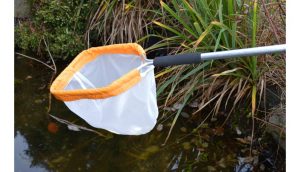 Made at our workshop in Devon, the Pond Net is a high quality, lightweight net with a removable bag for cleaning. The bag is made from woven 1mm mesh which is ideal for pond life. Also available in a telescopic version.
Made at our workshop in Devon, the Pond Net is a high quality, lightweight net with a removable bag for cleaning. The bag is made from woven 1mm mesh which is ideal for pond life. Also available in a telescopic version.
2. FSC Wildlife Pack: Ponds
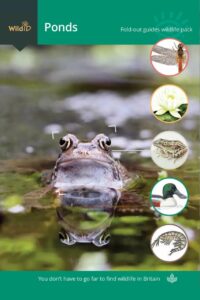 Find out the names of the insects, plants and birds that you see with this wildlife pack. Features three of the FSC’s popular fold-out charts: Dragonflies and Damselflies, Freshwater Name Trail (classic pond dipping guide) and Commoner Water Plants (from lilypads to water mint). Also includes a card-sized magnifier.
Find out the names of the insects, plants and birds that you see with this wildlife pack. Features three of the FSC’s popular fold-out charts: Dragonflies and Damselflies, Freshwater Name Trail (classic pond dipping guide) and Commoner Water Plants (from lilypads to water mint). Also includes a card-sized magnifier.
3. Heavy-duty Sampling Trays
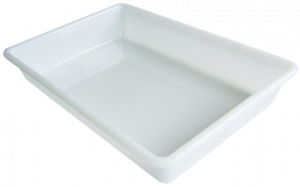 These strong white trays are ideal for pond dipping as they are robust and stable enough to be carried when full of water. Available in three sizes.
These strong white trays are ideal for pond dipping as they are robust and stable enough to be carried when full of water. Available in three sizes.
4. Bug Pots (Set of 10)
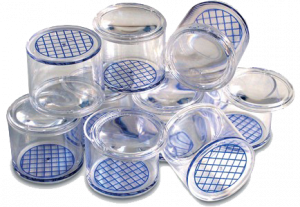 This set of ten Bug Pots is perfect for pond dipping, as well as general nature studies. Each pot has a 2.5x magnifying lid and a measurement grid of 5mm squares on the base. They are ideal for storing and observing specimens.
This set of ten Bug Pots is perfect for pond dipping, as well as general nature studies. Each pot has a 2.5x magnifying lid and a measurement grid of 5mm squares on the base. They are ideal for storing and observing specimens.
5. Freshwater Life: Britain and Northern Europe
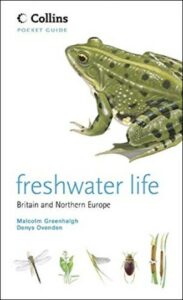 A beautifully illustrated guide to the wide variety of species found in rivers, streams, lakes and ponds in Britain and Europe. Freshwater Life describes and illustrates over 900 species of plant and animal visible with the naked eye. An easy-to-use key guides the user quickly to the correct species without using complex terminology.
A beautifully illustrated guide to the wide variety of species found in rivers, streams, lakes and ponds in Britain and Europe. Freshwater Life describes and illustrates over 900 species of plant and animal visible with the naked eye. An easy-to-use key guides the user quickly to the correct species without using complex terminology.
6. Economy Telescopic Pond Net
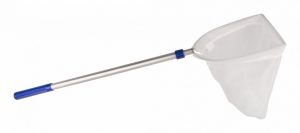 With an aluminium telescopic handle and knotless fine mesh net bag, this pond net will not harm specimens and is guaranteed not to run if holed. Not suitable for heavy-duty use.
With an aluminium telescopic handle and knotless fine mesh net bag, this pond net will not harm specimens and is guaranteed not to run if holed. Not suitable for heavy-duty use.
7. Ponds and Small Lakes: Microorganisms and Freshwater Ecology
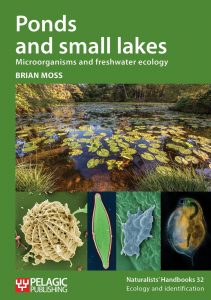
Suitable for adults and older children, this book introduces some of the less familiar and microscopic species found in ponds such as diatoms, desmids and rotifers. Along with excellent photographs, the book provides useful identification keys so that readers can identify, explore and study this microscopic world.
8. Pipettes
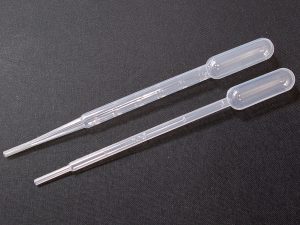 Small pipettes are extremely handy for sorting through and picking up tiny creatures found when pond dipping. They can also be used to transfer samples to microscope slides to look at the microscopic specimens found.
Small pipettes are extremely handy for sorting through and picking up tiny creatures found when pond dipping. They can also be used to transfer samples to microscope slides to look at the microscopic specimens found.
9. 125ml Collecting Pots
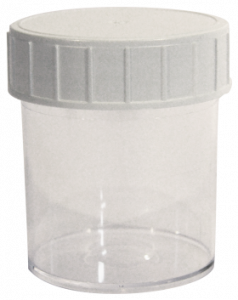 These sampling containers are made from see-through rigid polystyrene and have secure screw-on lids. They are recommended for liquids and so are ideal for keeping specimens when pond dipping or rock pooling. Available either singly or in packs of 10, 30 or 100.
These sampling containers are made from see-through rigid polystyrene and have secure screw-on lids. They are recommended for liquids and so are ideal for keeping specimens when pond dipping or rock pooling. Available either singly or in packs of 10, 30 or 100.
10. Bloomsbury Concise Pond Wildlife Guide
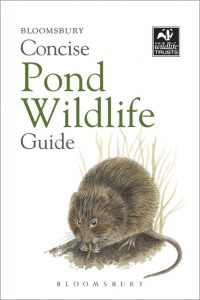
This concise guide is packed with information on more than 190 species of animal and plant that inhabit ponds, pools and small lakes in northern Europe. Among the fascinating animals featured are freshwater sponges, hydras, water bears, worms, leeches, water snails, dragonflies and damselflies, frogs and toads, bats, fish, birds, water voles and otter.
Creating your own pond:
During the lockdown imposed by Covid-19, the UK and many other countries have seen a rapid growth of interest in nature, especially found in gardens. It is widely considered that the best way to encourage and benefit wildlife in your garden is by adding a pond. There are many books to help in this process, such as Making Wildlife Ponds, The Wildlife Pond Book, or The Pond Book by Pond Conservation.
